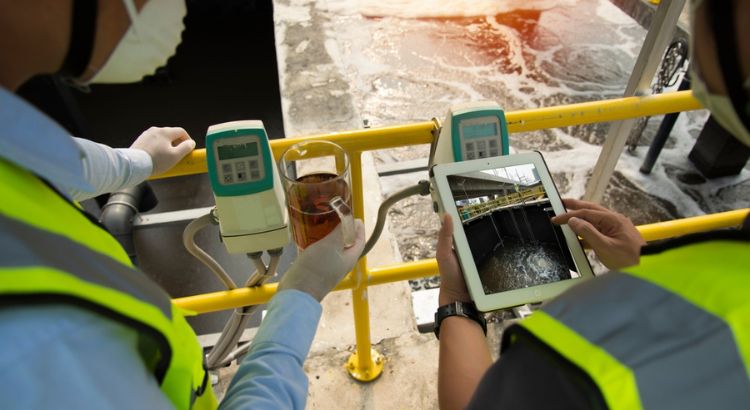
As governments worldwide have become increasingly aware of the importance of implementing sustainability initiatives to offset carbon emissions and improve the overall air quality of towns and cities, the pressure has been placed on businesses to play their part. The stick and carrot technique has often been wielded, combining monetary incentives with punitive fines to guarantee collective action.
Fortunately, many companies have absorbed the impact of their practices on the environment and proactively understand and take on their responsibility to improve sustainability and environmental initiatives. Based on the examples of many companies worldwide, we have pulled together all the steps a business can take to enhance its drive toward sustainability and environmental improvement.
Set Clear Goals
Knowing where you want to go gives you a much clearer idea of how to get to that destination, and you can put your plan together accordingly. Define specific, measurable, and time-bound sustainability goals aligned with the company’s values and objectives. These goals include reducing carbon emissions, minimizing waste generation, and increasing energy efficiency.
Conduct a Sustainability Audit
To measure your progress most effectively, you need to get a snapshot of your current location. Assess current practices, resource consumption, and environmental impact across all operations. This audit can identify areas for improvement and serve as a baseline for measuring progress.
Implement Resource Efficiency Measures
No change is too small. The compounding effect of lots of little tweaks to your business’s operational aspects can compound some significant savings. Research different technologies and practices to minimize resource consumption, such as energy-efficient lighting, water-saving fixtures, and recycling programs. Encourage employees to adopt sustainable practices in their daily activities. Hire local commercial waste collection companies to protect sustainability on a regional level.
Reduce Carbon Footprint
If the energy price rises of 2022/3 tell us anything, we really need to diversify our reliance on one single energy source. Investing in renewable energy sources, such as solar or wind power, will help to reduce dependence on fossil fuels. Among your workforce, you can encourage telecommuting and carpooling to reduce transportation-related emissions. Offset unavoidable emissions through carbon offset programs.
Optimize Supply Chain
Environmental responsibility does not stop at your door. Implementing a policy of environmental responsibility down your chain of suppliers will instill a knock-on effect to magnify the overall impact. Collaborate with suppliers to source sustainable materials and reduce the environmental impact of the supply chain. Consider factors such as transportation emissions, ethical sourcing, and packaging waste.
Promote Circular Economy Practices
For too long, inbuilt obsolescence has dominated manufacturing. Today, we are experiencing the impact of this. A more long term perspective on product design is returning to prominence, focusing on longevity, reparability, and recyclability. Full circle take-back programs to facilitate product recycling or refurbishment at the end of their life cycle form part of an overall marketing plan that highlights the company’s environmental responsibility.
Educate and Engage Stakeholders
Your employees will want to feel proud of their employer’s drive to improve the local environment and will want to feel a part of that, too. Sustainability needs to be at the heart of everything you do, from internal employee communications to external marketing messages. Provide training programs and resources to empower stakeholders to adopt sustainable practices.
Invest in Innovation
Allocate resources towards research and development of sustainable technologies and processes. Explore innovative solutions to environmental challenges, such as bio-based materials or closed-loop systems.
Measure and Report Progress
Track key performance indicators related to sustainability goals and regularly report progress to stakeholders. Transparent communication builds trust and accountability, motivating continued improvement efforts.
Seek Certifications and Recognition
Pursue certifications such as LEED (Leadership in Energy and Environmental Design) or B Corp certification to demonstrate commitment to sustainability. Participate in industry initiatives and awards programs to gain recognition for environmental achievements.




